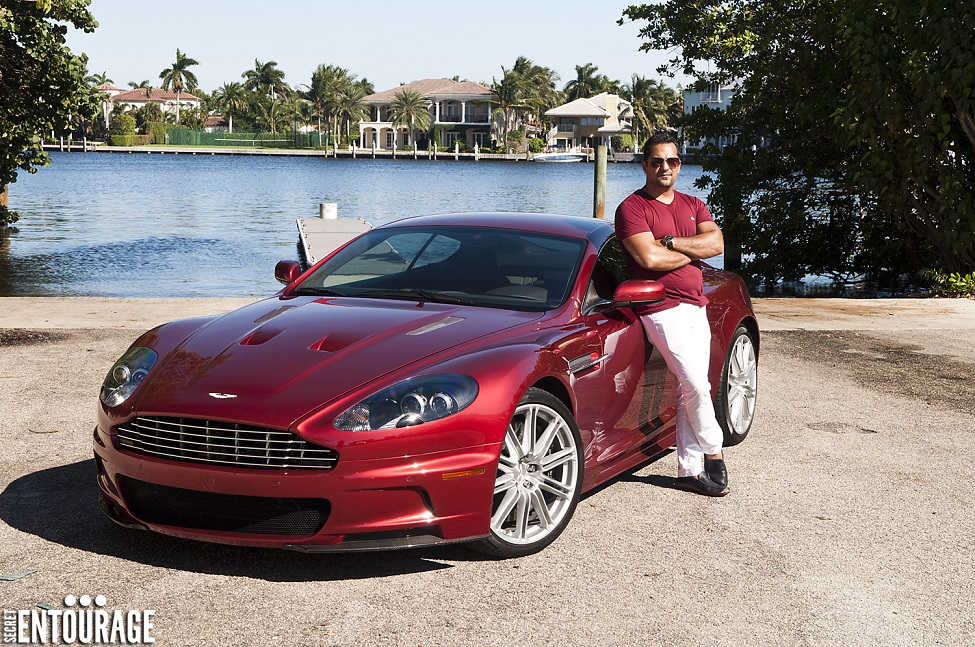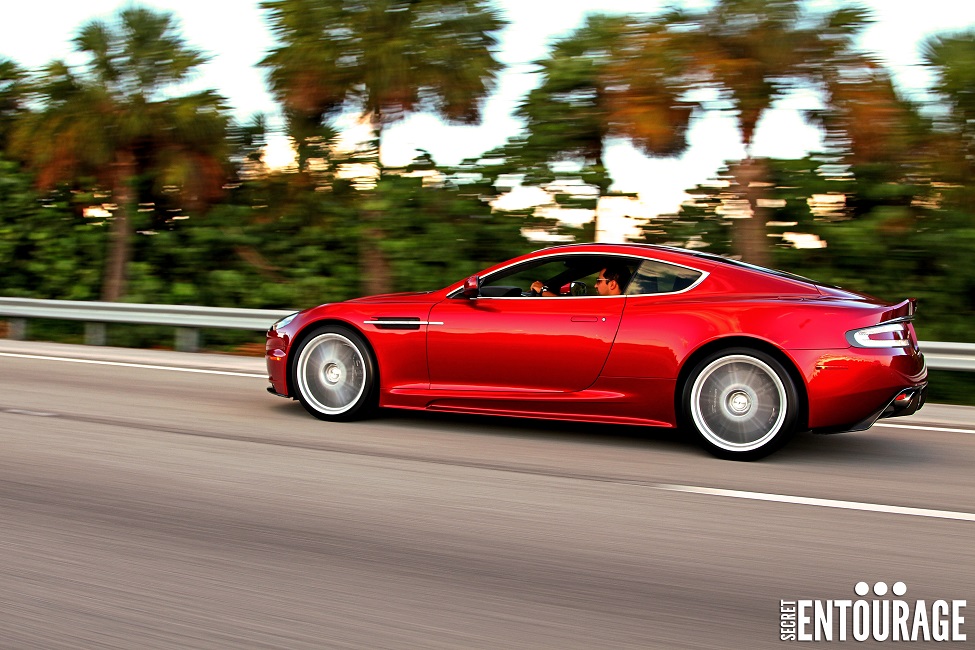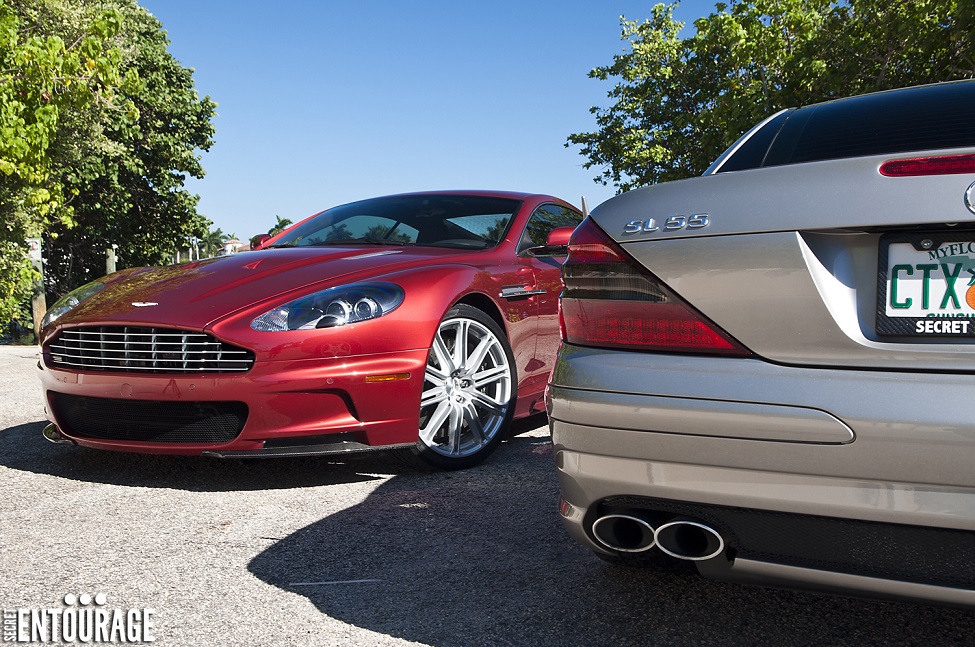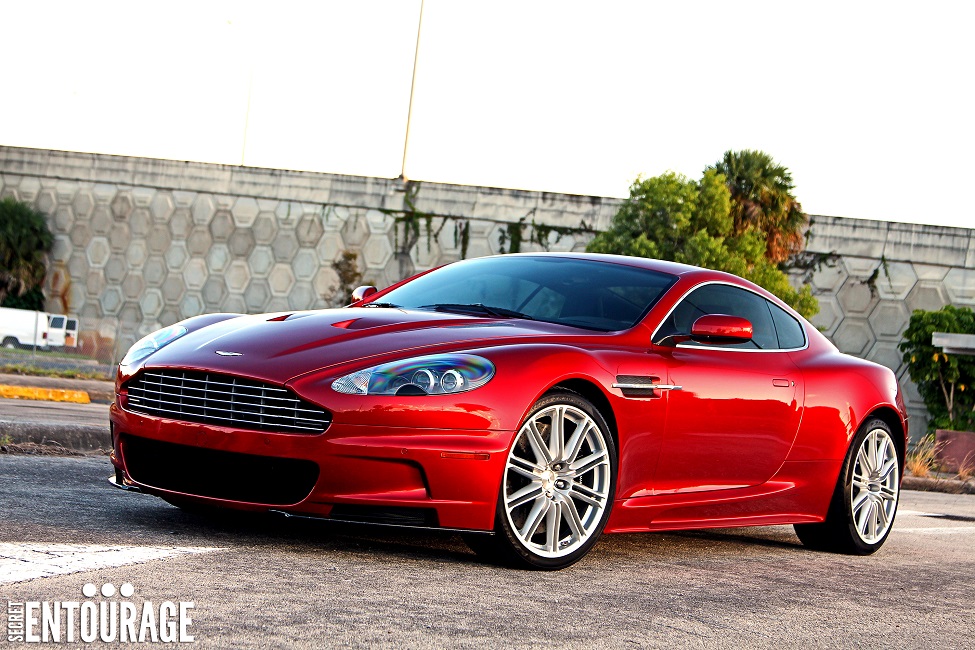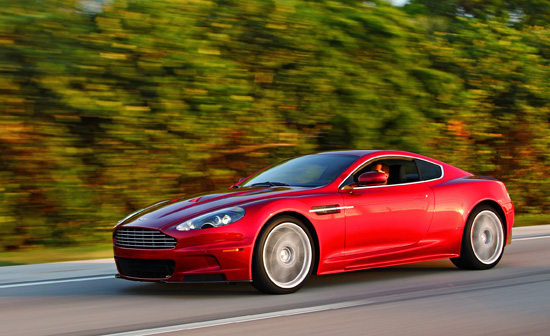Here we are again with another case study. This time we’re going to cover my favorite car – the Aston Martin DBS. It is so much a favorite that I actually own two of them, a 2009 Infa Red six-speed and a 2011 Lighting Silver automatic. After having owned a DB9, multiple Vantages, and most recently these two DBS cars, I have somewhat become an expert on not only the market in general for the Aston Martin marque, but also on the reliability issues and common problems. With ownership under my belt, I’ve decided to put together a buyers guide but also share my experiences thus far. Here is a really cool video on why the Aston Martin DBS is simply amazing:
Now that you’ve watched the video, lets talk about the car itself…
Although the Aston Martin DBS may look like the big brother to the DB9, I can’t stress how different the cars really are or how incredibly different they feel on the road. While I am referring to power, I am also referring to the experience which includes comfort, handling, feel and just about everything else. They are so different in fact, that I don’t think I will ever be able to drive a DB9 again.
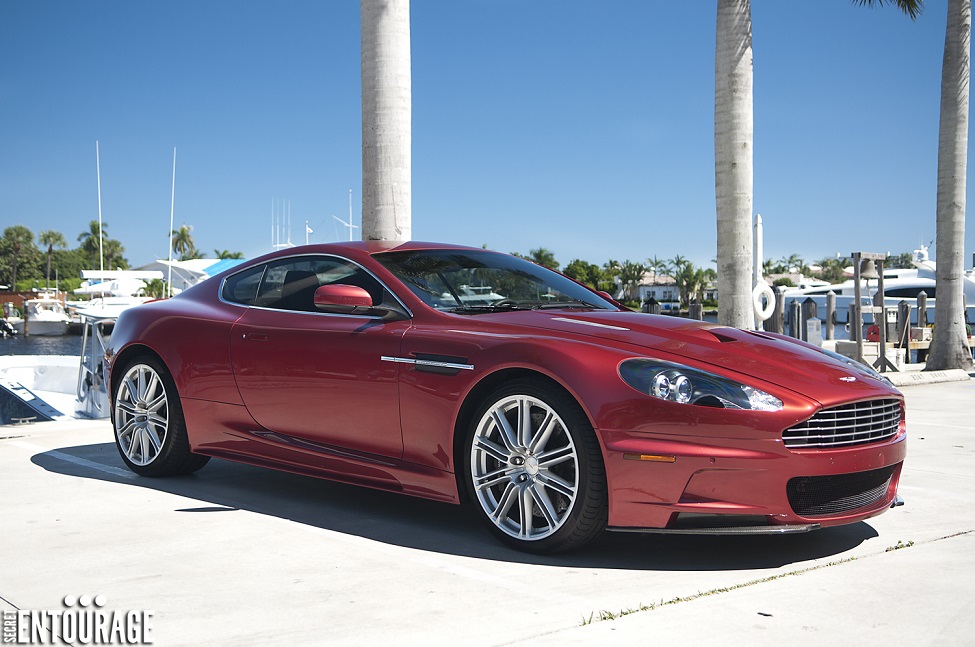
The DBS and DB9 share partial parts like doors, rear fenders, chassis and a few other interior components as well as the transmission, but that’s about it. Visually, the small upgrades like side skirts, bumpers, hood and boot – all made of carbon of course – make a huge visual difference. Engine wise, the 510 horses are much more responsive than the 450HP found in the DB9, which I believe to be based on the fact that all DBS’ come with very lightweight ceramic rotors as well as an enhanced differential.
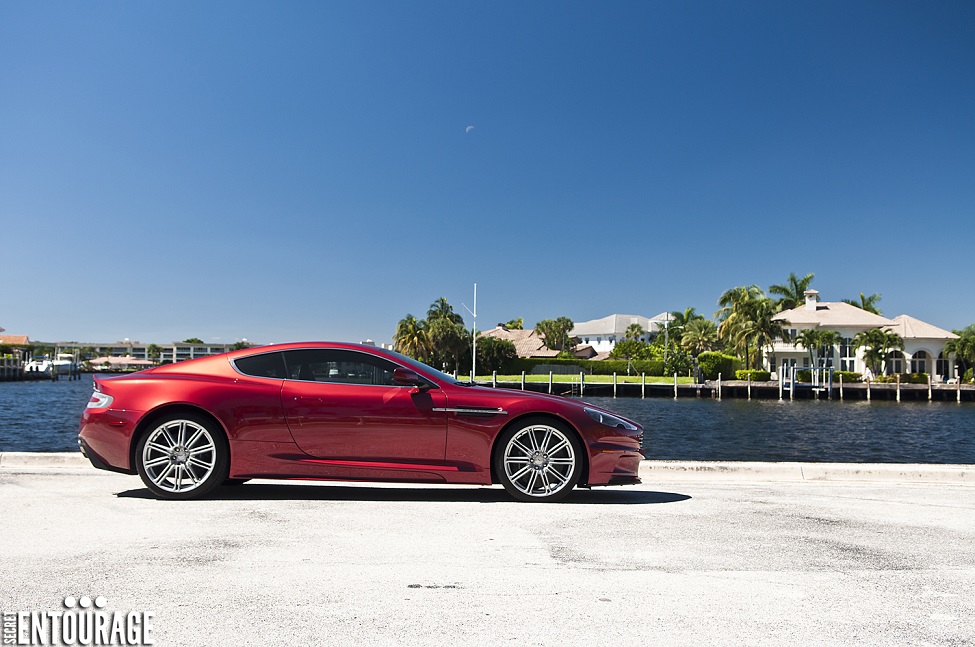
The car was made available between 2009 and 2012, with 2012 introducing a final Ultimate Edition, which included a few carbon pieces as well as better color combinations and interior features. The 6-speed cars were primarily available in 2009-2010, with very few 11’s, and 12’s.
Most convertibles were also automatic, making a 6-speed convertible almost impossible to acquire (trust me – I tried). During the DBS era, Aston Martin did not remake the Vanquish, meaning that the DBS is essentially the Vanquish of its generation, and in my opinion, is visually much more appealing and striking than its new futuristic version that was introduced in 2014.
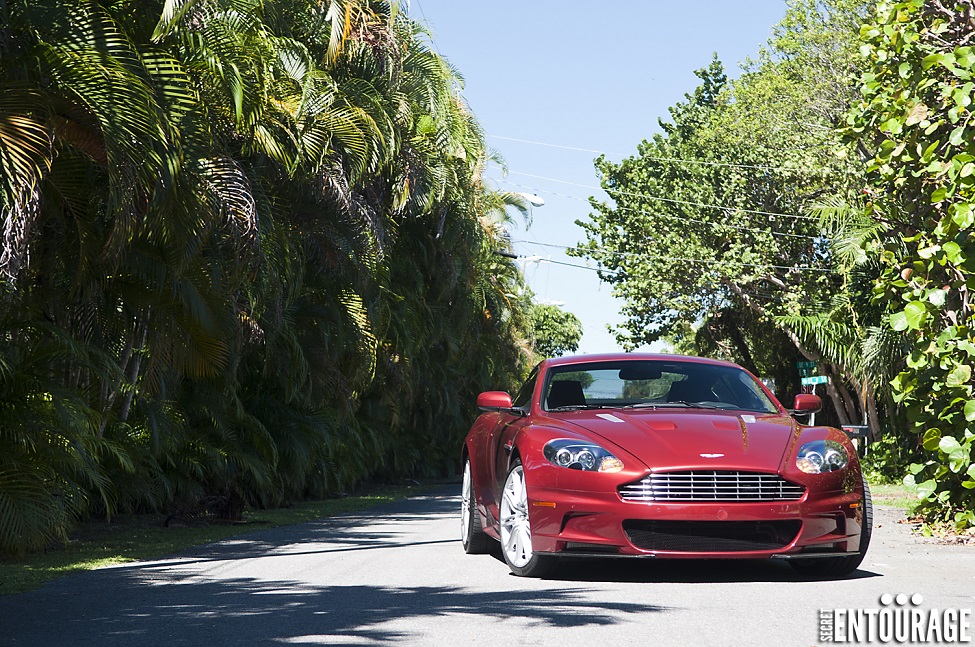
Some very cool or uncool features of the car that you may or may not know:
- State-of-the-art crystal ECU key (a $2,000 crystal key you may not want to lose).
- All DBS cars come standard with carbon ceramic brakes and rotors.
- The DBS was actually a $300K car when purchased new.
- There is no e-gear in the DBS, only a really cool looking bullshit automatic.
- All DBS paint has very attractive flakes which gives it a unique effect in the sun.
- Its one of the best sounding V12 cars anywhere – even when stock.
- While you may think it’s understated like the Vantage, it gets lots of looks and many kodak moments.
- It has a usable back seat if you have midgets as family members.
- All DBS cars come with a nice umbrella in the trunk LOL.
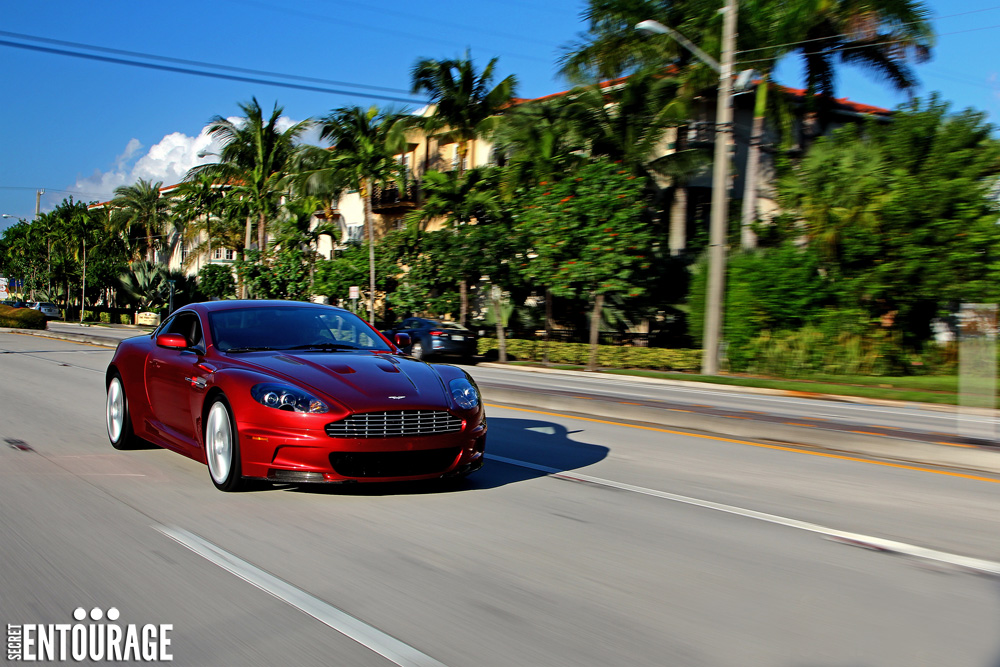
Maintenance
Most people would expect the DBS to be very expensive to fix, and this can be true, especially if you are relying on the dealer to get work or service done.
More common services like oil changes and brake flush can be done by a good independent shop at regular prices like $300 for an oil change and $200 for a brake flush. While having owned both of my DBS’ for about one year, the only other maintenance I dealt with included adding fluid to the transmission – which was $100 a quart. Otherwise, it’s pretty light on the maintenance side.
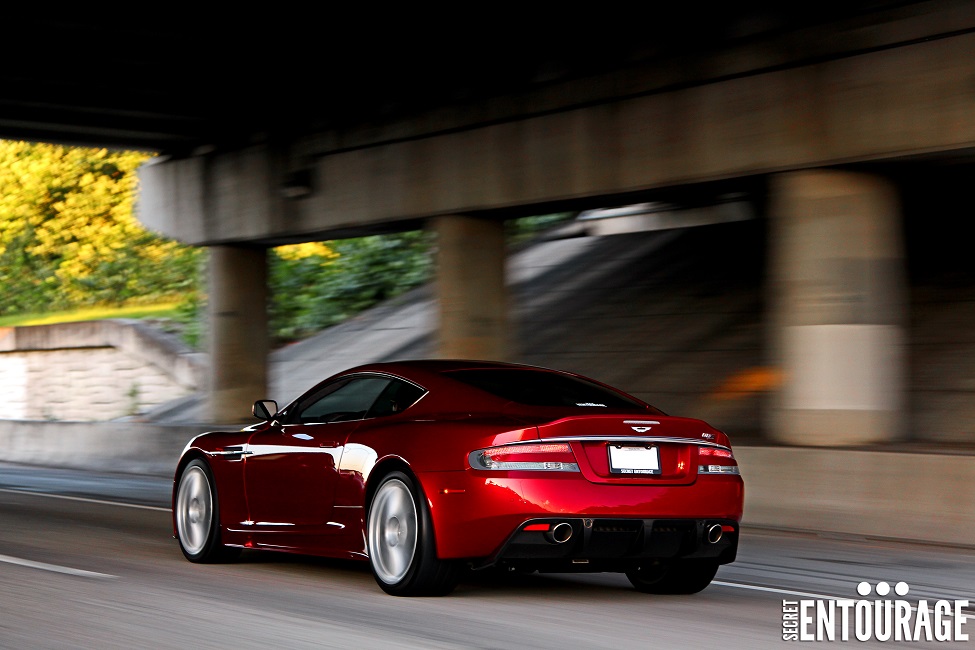
If 6-speed, the transmission itself comes with a twin-plate clutch which is very solid, and if it’s an automatic then it’s the standard ZF automatic transmission found in most BMW’s, meaning no need to do e-gear clutches or maintain the transmission. These are both good – based on low maintenance – and bad at the same time – seeing that a $300K car should come with a proper transmission like found on the V12 Vantage S, but it doesn’t.
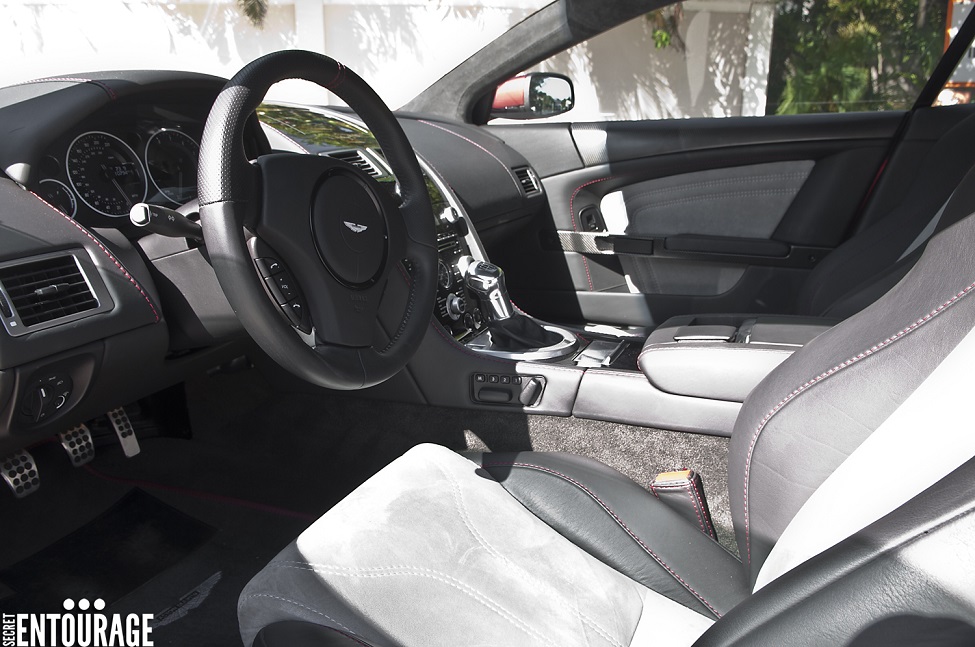
Repairs
Fortunately for me, I have yet to deal with any major repairs on either of my DBS cars, unlike my past DB9 and Vantage cars, which all had a few issues here and there.
The only issue that came up with the 2009 was the window trim started showing wear despite the low mileage. Just age I would guess, but it gets annoying as this is one the parts that a dealer will be forced to fix, and can cost upwards of $1500 all said and done. Keep in mind that this car was bought with 7K miles, and now has 23K miles in less than 8 months.
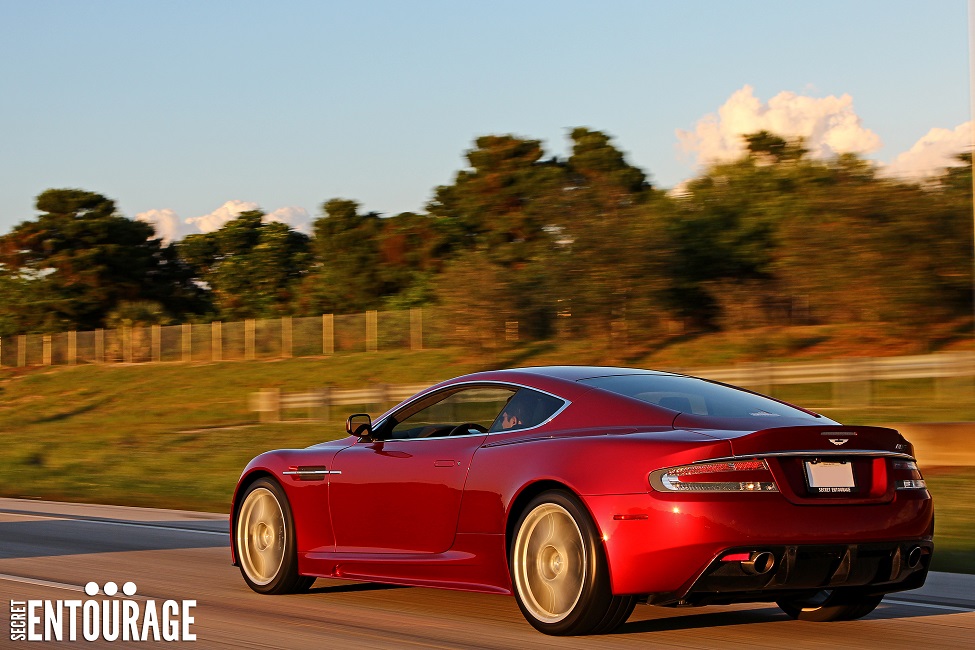
The 2011, however, was a different story; the car was bought with more miles and at such an attractive price that it made it worthwhile to deal with a few issues – the biggest one being the ultimate problem you never want to have. The ceramic brakes started squealing, and while I immediately had a heart attack knowing that each rotor costs upwards of $6,000 (meaning a complete brake job would cost $30K+), the rotors and pads were actually not in bad shape and had plenty of life left on them.
The issue was that perhaps they were not maintained properly, so overtime chemicals used from car washes coupled with poor driving habits had caused the pads and rotors to squeal to a level that was truly unbearable. The solution was to switch the mighty amazing brakes with a steel rotor conversion, that despite not costing $30,000, still cost $5,000 all said and done.
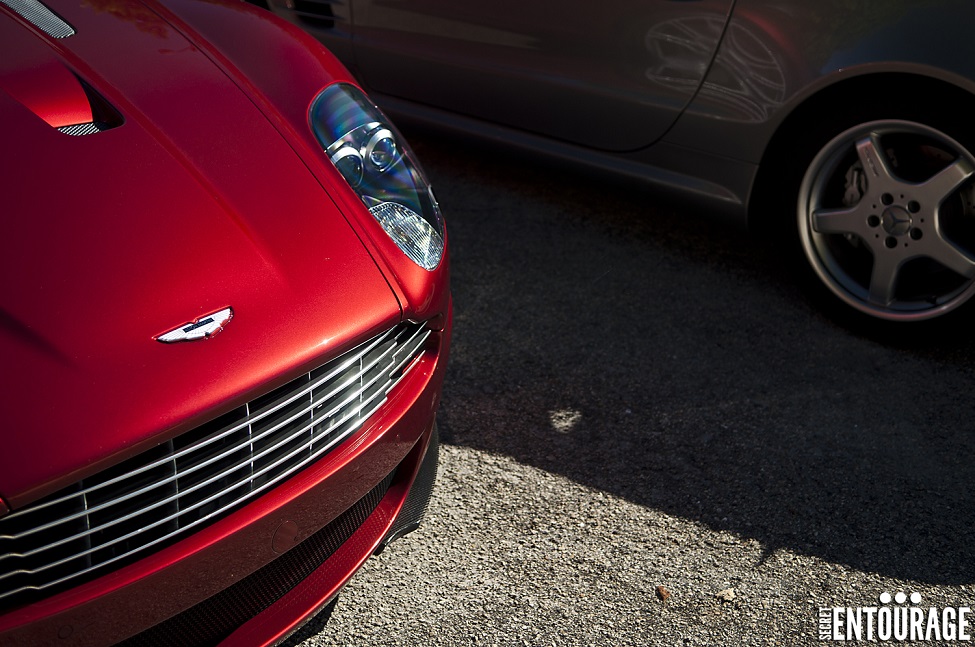
The downfall was the visual is no longer there and the dynamics of the car changed significantly. While I loved the visual of the ceramics, the performance of the brakes and lightweight nature simply cannot be matched by a steel application. The benefit, however, is that the car is much heavier on the rear axle, meaning that I am now much comfortable with spirited driving as the car isn’t as tail-happy.
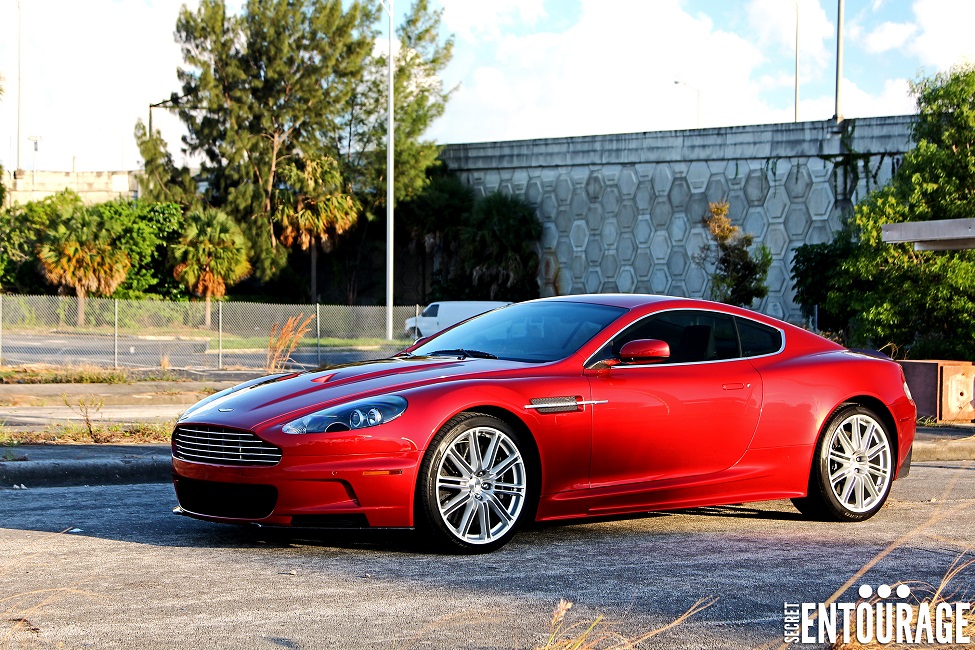
The other issue that came up was the driving light bulbs went out, (those are the bulbs located in the main headlight assembly). The good news was the bulbs were only $10, but the bad news is they require the bumper, fender liner and front wheels to come off to be installed, which can cost upwards of $500 if you are not very handy in a garage. Keep in mind that these problems can happen to any DBS, especially the brakes, which is why a long test drive is recommended prior to buying. This 2011 came with 29K miles and currently has about 33K miles.
If you own an Aston Martin and need parts, I highly recommend visiting Aston Martin Bits in the UK, as you will find almost everything you need at a fraction of the dealer cost. It is by far the best source for used and replacement parts and can save you big $$$$.
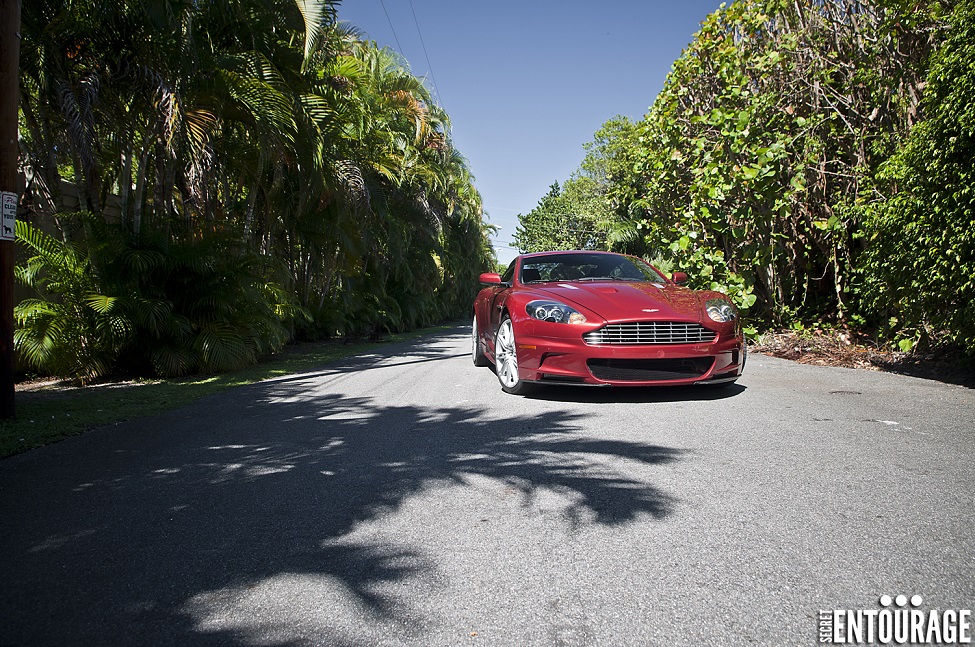
Insurance
That is one of the downfalls of the DBS; it is by far the most expensive of all the exotics I have ever owned in terms of insurance, partly because of the expensive nature of the carbon fiber body on top of the fact that it’s easy to lose the rear end. The insurance on this car being in South Florida (an expensive state) is $1100 for every 6 months. This is a difference of 30% compared to my old Lamborghini LP550 Spyder.
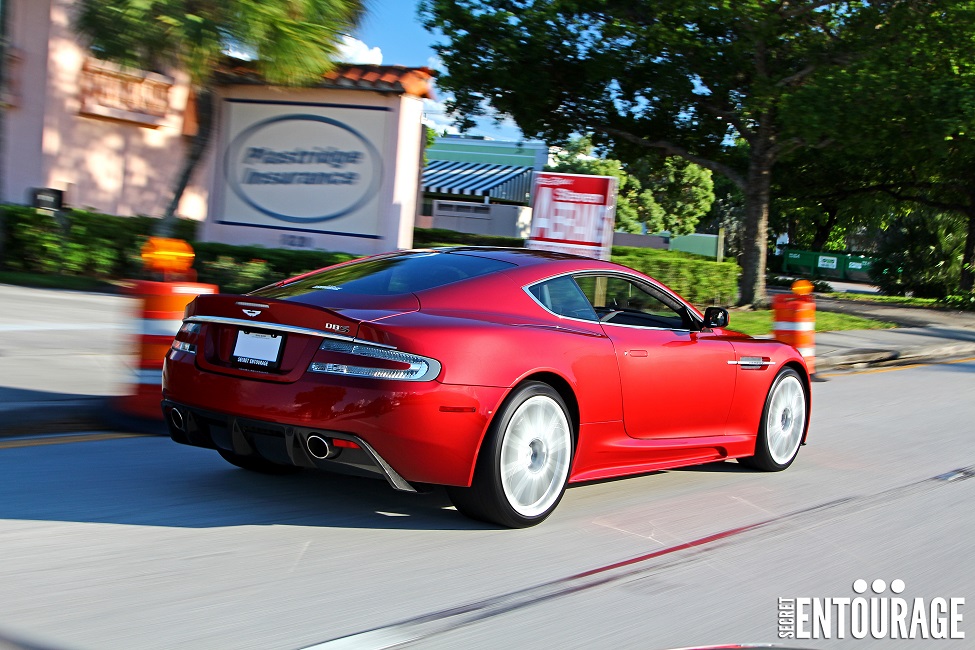
Modifications
There is no point of owning an Aston Martin if you are not going to be playing with it. When you chose to modify an Aston, you first call all your friends but then call Stuart Dickinson from Velocity AP who is not only the king of modifying Aston engines but a great resource to know when your car doesn’t work as it should or something worries you. Here is what we decided to do with both DBS cars.
For the 2009 6 speed manual, we kept it simple and perfect by only doing the exhaust and a set of cat deletes making the car simply come to life in ways we couldn’t imagine. Just watch the video on the insane sound it makes.
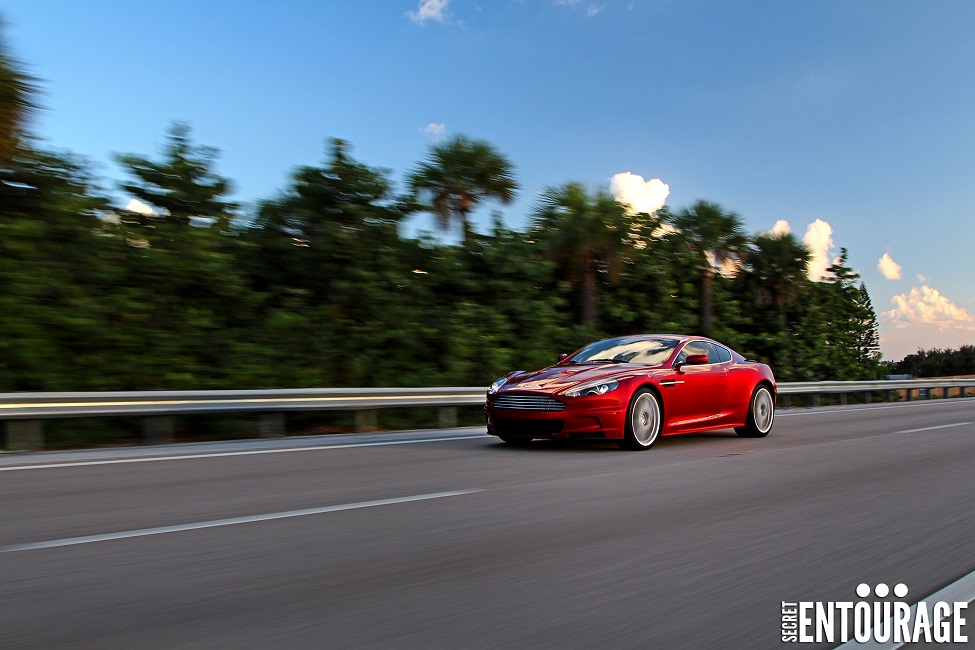
With the 2011 automatic we went a bit more crazy and did the ECU flash, filters, exhaust and cat delete which gave us much more performance but also a smoother power curve. We gained roughly 45HP from the mods and plan to install headers very soon as well. We also were forced to convert the ceramic brakes to steel (against our will), and replace all lighting inside and out with LED bulbs.
Overall, I think the 6 speed cars respond best to the performance mods probably do to the lower amount of drivetrain loss.
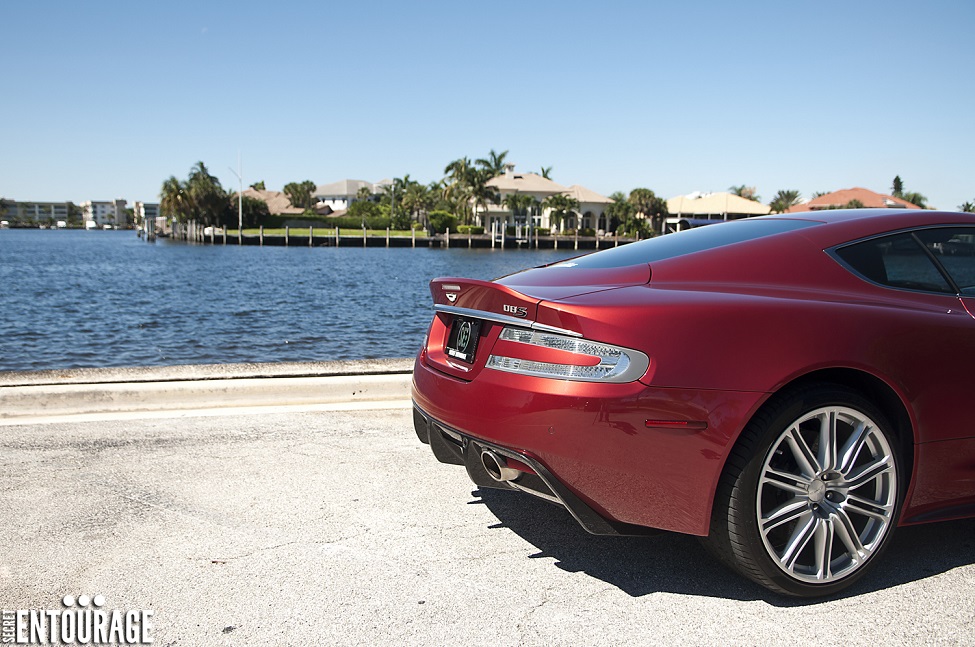
The Market
The DBS market is perhaps the best part of the whole equation. If you follow my strategies on Exotic Car Secrets, then you already know that the best way to buy an exotic car is when it has already hit its depreciation curve, so in this case the DBS is one of the best exotics to pick up now.
For right between $90-120K, you can have the $300K car that was used in the last 3 Bond movies. Enough said!
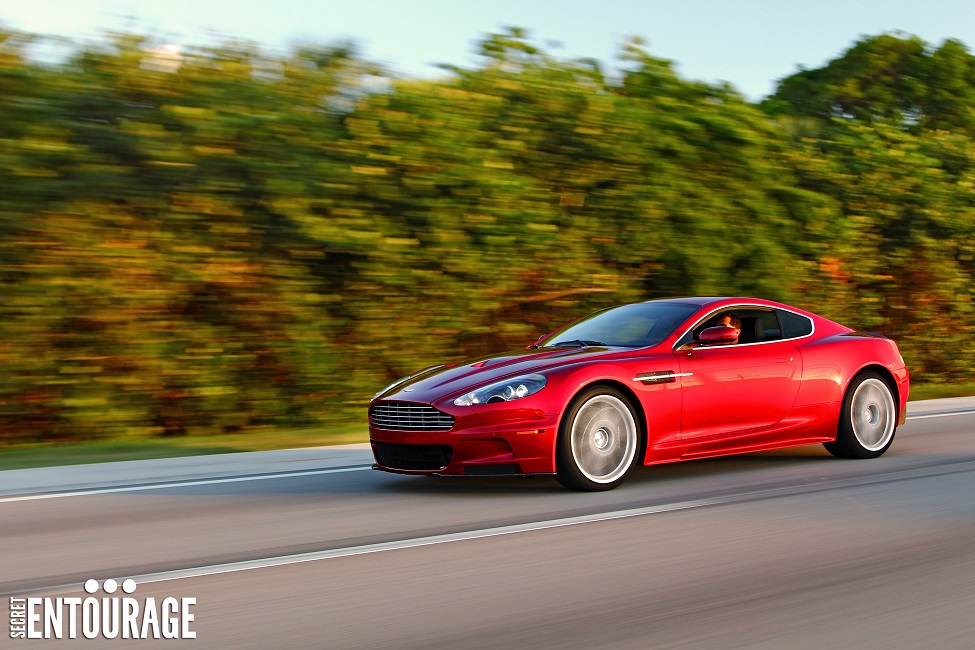
Keep in mind that just like I break down in my car buying system – exotics are very volatile, meaning that based on conditions, mileage and repairs needed the car’s prices fluctuate very much. Some 2009’s sell for $140K and others for $100K. Make an educated purchase and follow my methodology to save the maximum possible, so you can get out of it in a year or two with a profit… The only problem I see is that you may not want to get out of it!
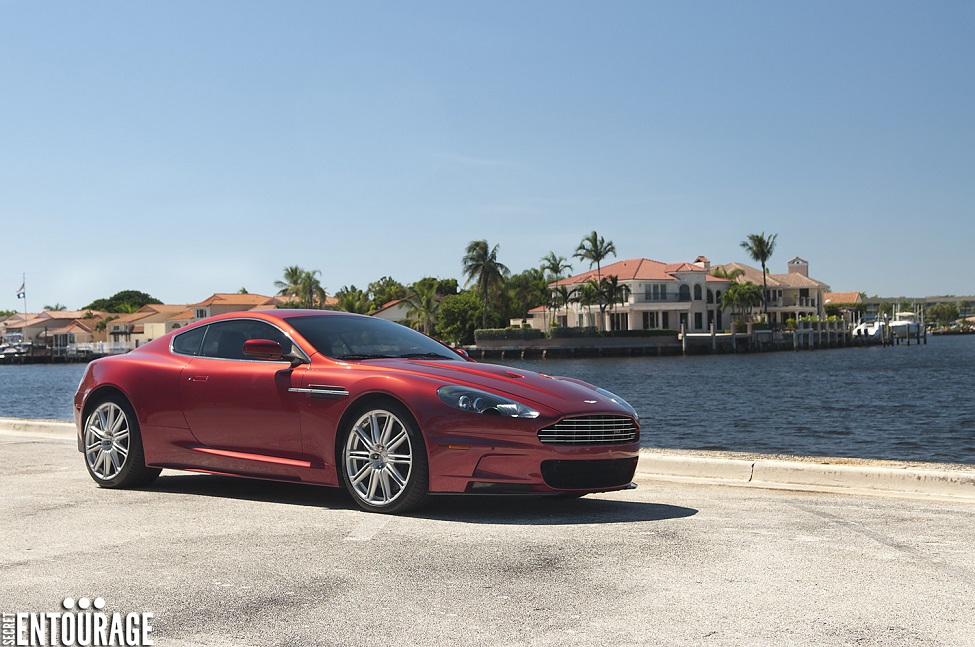
Final Words
One of the most striking and sexy designs ever made, the best sounding V12 and the usability of a daily driver makes the DBS by far my favorite exotic – which is why I own two.
